As Canada navigates global supply chain disruptions, rising tariffs, and a newfound focus on economic resilience, buying local has become more than a matter of patriotism—it’s simply a smart choice. While imported goods have long seduced us with European flair or Asian efficiency, today’s global uncertainty makes homegrown options more appealing than ever. Here are 23 compelling reasons why you should consider going domestic in 2025.
Tariffs Are Getting Out of Control
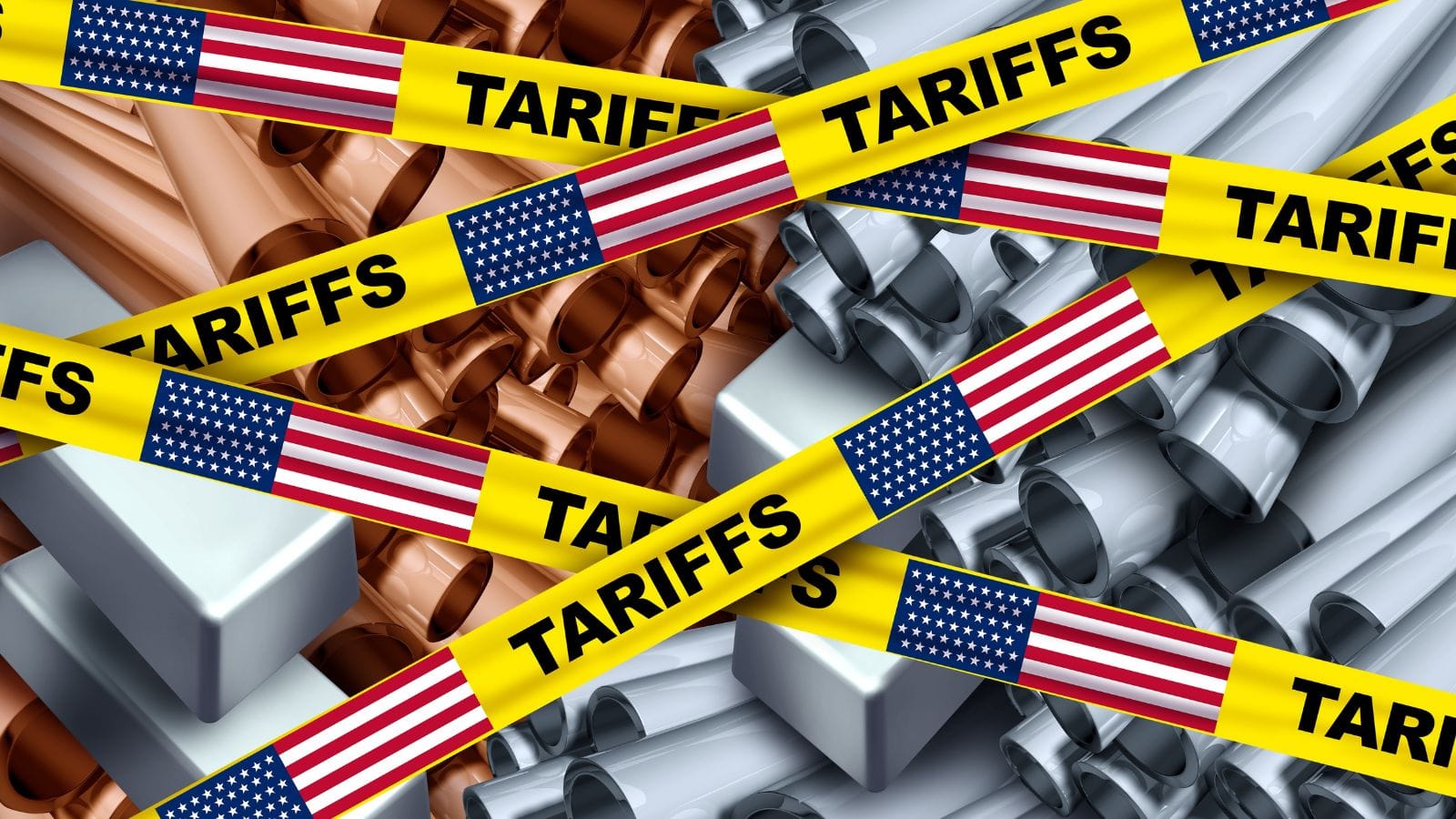
New tariffs on imported goods—especially from non-US markets—are making foreign products pricier than ever. The Canada Border Services Agency reported in early 2025 that tariff increases have raised consumer costs by an average of up to 18%. Ottawa has also instituted new import charges on non-FTA metal products and expanded countermeasures to stabilize its C$15 billion domestic metal industry and safeguard 123,000 Canadian jobs. Domestic goods dodge those import taxes, keeping your wallet happier.
Supply Chain Disruptions Are Still a Thing

Despite talks of post-pandemic recovery, global supply chains are still creaking. From Red Sea shipping delays to semiconductor shortages, imported goods often come with long lead times. With global logistics still vulnerable to geopolitical friction, extreme weather, and protectionist policies, investing in Canadian‐made goods aids resilience. Local sourcing bypasses unstable international routes, supports domestic jobs, and shields consumers from costly delays and price hikes. In short, continuing supply chain volatility makes buying domestic in Canada not only patriotic, but also practical and prudent.
Supporting the Canadian Economy

Supporting Canadian-made goods in 2025 offers tangible economic benefits. A BMO Economics analysis estimates that a “Buy Canadian” shift could inject roughly C$10 billion annually into Canada’s GDP, raising growth by about 0.3 percentage points. Meanwhile, the federal government is working to eliminate internal trade barriers, aiming to achieve gains of up to C$200 billion in productivity nationwide by unifying markets and lowering costs.
Better Accountability and Regulations

Canadian goods must meet stricter environmental, labor, and safety standards. Additionally, domestic automakers are more directly accountable to Canadian consumers and regulators. If something goes wrong—be it a defect, a warranty claim, or a recall—Canadian companies are easier to contact and respond more quickly. They are legally bound under Canadian consumer protection laws, such as those enforced by the Competition Bureau. Buying domestic also supports fair labour practices, as Canadian plants must comply with health, safety, and wage regulations set by Employment and Social Development Canada. In short, there’s more transparency—and fewer loopholes—at home.
Fewer Border Headaches
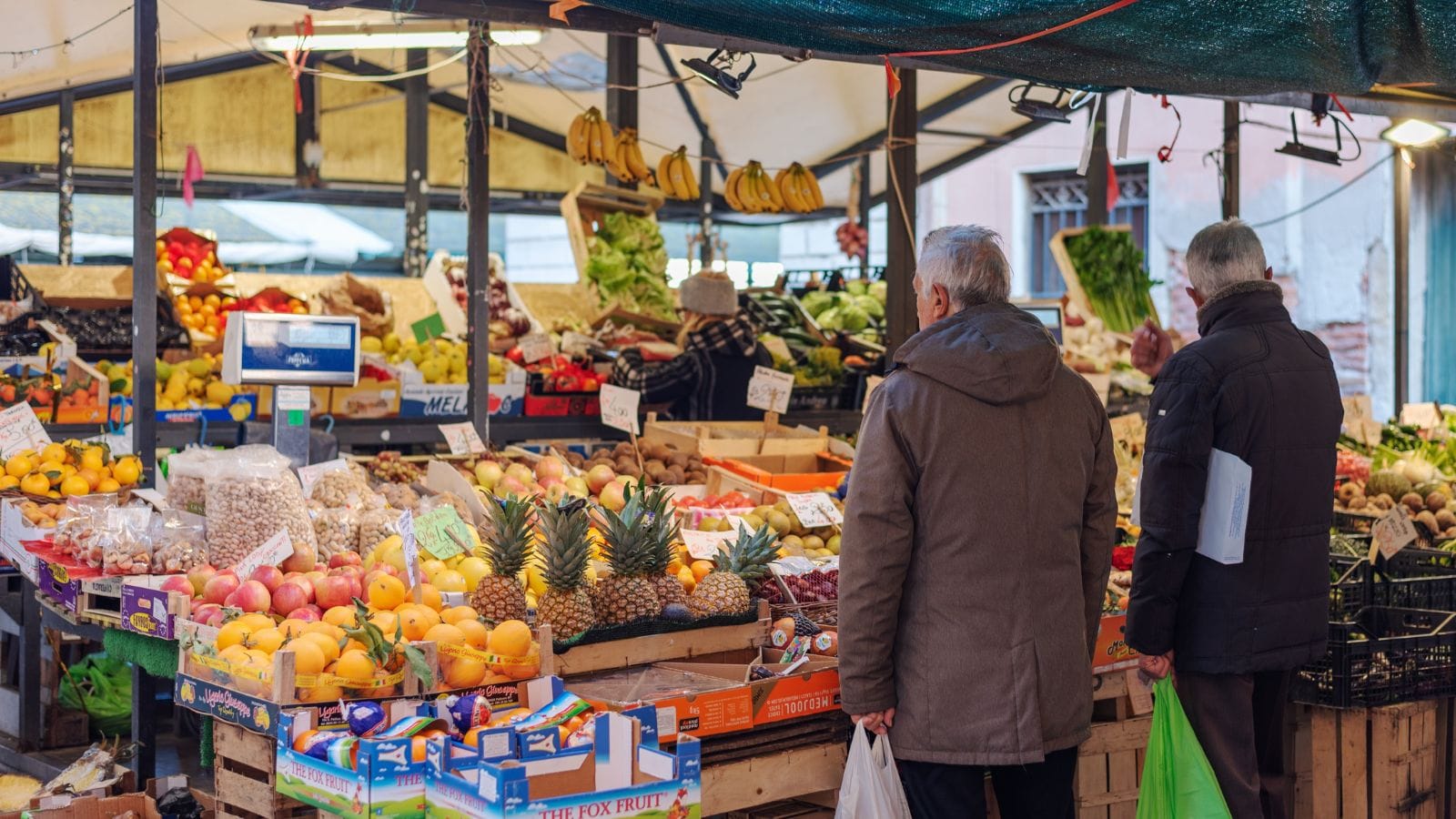
Ever tried importing a product only to get stuck in customs purgatory? With domestic purchases, there’s no risk of delays at border crossings or surprise brokerage fees. Additionally, nearly half of cross-border e-commerce firms report that customs hold-ups are their top headache, slowing shipments of perishables, electronics, and auto parts. Choosing Canadian-made goods means goods bypass these pain points—no extra tariffs, no import‑clearance uncertainty, and faster delivery. That translates into predictable pricing, stronger supply‑chain resilience, and less administrative friction—solid reasons to “buy local” in 2025.
Reduced Carbon Footprint

Choosing Canadian-made products over imports helps reduce carbon emissions by eliminating the need for long-distance transportation and supporting a domestic carbon pricing system. Food imports often incur significant “food miles.” Although international shipping is relatively efficient, studies show that domestic road transport can generate higher emissions overall, up to 1.3 times more CO₂ than shipping overseas. Moreover, most greenhouse gases in food supply chains come from production itself—not transport—but Canadian producers operate under federally mandated carbon pricing, currently around C$59/ton, which incentivizes cleaner methods.
Currency Fluctuation Protection

With a shaky Canadian dollar, imported items often cost more than anticipated. While hedging offers short-term stability, it introduces costs and logistical complexity. Buying Canadian-made products sidesteps these challenges, providing price certainty and avoiding exposure to unpredictable exchange rate fluctuations. Moreover, since tariffs amplify currency swings, domestic sourcing reduces the ripple effects of protectionist policies on consumer prices. Ultimately, in today’s environment, choosing local means simpler accounting, fewer hedging expenses, and more predictable pricing—happy news for budgets in Canada’s current economic uncertainty.
More Culturally Relevant Products

Canadian companies design goods with local tastes, weather, and quirks in mind. From winterized vehicles to poutine-flavored snacks, domestic products get us. Also, narrative Research reports that 68% actively seek Canadian products and 56% avoid U.S.-made items, demonstrating a collective effort to reflect shared values through everyday choices. Beyond identity, domestic sourcing supports community traditions and storytelling: Canadian brands are seen as guardians of local heritage and craftsmanship, reinforcing regional pride. Plus, rigorous “Made in Canada” and “Product of Canada” labeling—enforced by CFIA—enhances consumer trust, ensuring authenticity.
Improved After-Sales Support

Need help with a warranty or a return? Domestic companies are often easier to reach, offer support in both official languages, and have faster turnaround times than overseas providers. Thanks to shared time zones and proximity, manufacturers can respond quickly to service issues, often offering same-day or next-day support. Compared to overseas imports, which may involve international shipping and customs delays, this translates into real savings and convenience. Furthermore, new Canadian policies — such as the introduction of surtaxes on U.S. automotive and steel imports in early 2025 — reinforce the importance of local production and support ecosystems.
Stimulating Innovation at Home

Buying local supports homegrown startups and R&D. When consumers choose domestic goods, they directly support innovation ecosystems fueled by Strategic Innovation Fund (SIF) investments—over C$1 billion this year—targeted at advanced manufacturing, clean tech, AI, and biomanufacturing. This funding enables groundbreaking projects, such as multiple biomanufacturing facilities equipped for AI-enabled cell and gene therapy production, which will create hundreds of jobs and drive the commercialization of cutting-edge technologies.
Reduced Risk of Counterfeits
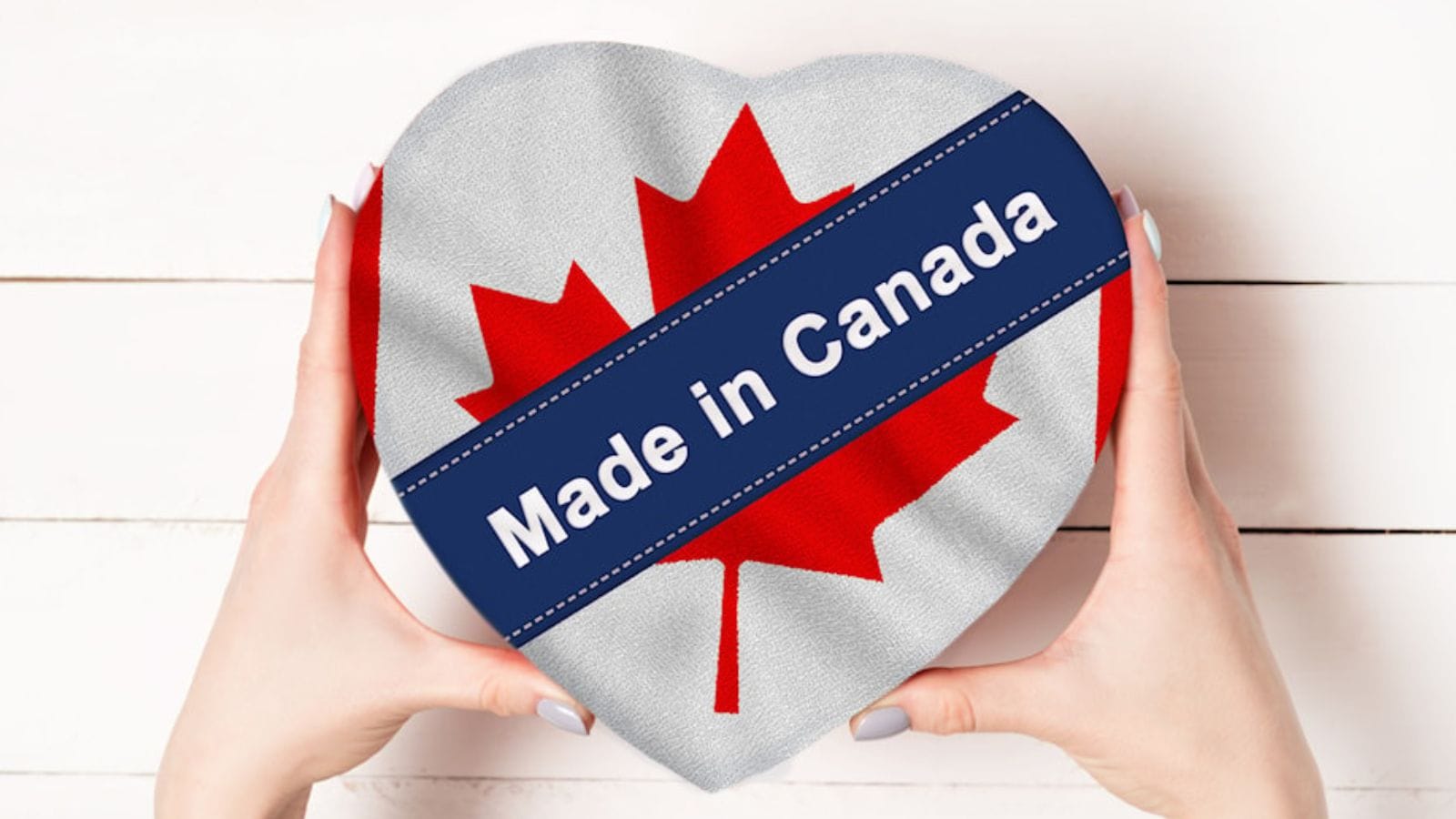
Imported goods, especially those from less-regulated markets, are more prone to counterfeit products. Importantly, domestic goods labeled “Made in Canada” or “Product of Canada” are subject to strict origin regulations—51% and 98% Canadian content, respectively—enforced by the Competition Bureau and the CFIA, which reduces mislabeling and fraud. In contrast, imports, especially small-parcel and online purchases, are more prone to evade detection and flood the market with low-quality and unsafe counterfeit goods. Additionally, Canadian manufacturers are less likely to engage in the knockoff game and more likely to stand behind their products.
Greater Transparency in Sourcing

Greater transparency in sourcing is a compelling reason for Canadians to prioritize domestic over imported goods in 2025. Canada’s Supply Chains Act, effective January 1, 2024, mandates that entities importing or producing goods must publicly report on forced‑ and child‑labour risks in their supply chains by May 31 each year. This requirement enables consumers to verify the ethical practices of Canadian-made products more reliably. Meanwhile, federal procurement reforms emphasize the use of open data, vendor accountability, and streamlined tracking of domestic suppliers.
Growing Quality of Canadian Products

Gone are the days when “Made in Canada” meant compromise. According to PwC’s “Voice of the Consumer Report 2025,” 46% of Canadians rank domestic sourcing as a top sustainability factor, believing local food is healthier and of superior quality; 75% are even willing to pay a premium. Meanwhile, Canada’s advanced manufacturing firms are enhancing product quality and efficiency through green production methods, resulting in shorter lead times and improved output. All in all, Canadian products in 2025 offer improved craftsmanship, sustainability, and reliability, well worth choosing over imports.
Resilience in Times of Crisis

During the 2025 Canada–U.S. trade war, consumer demand for Canadian-made goods surged as a direct response to tariffs and political tensions, highlighting the resilience benefits of buying domestic. A BBC–Angus Reid poll found 91 % of Canadians want reduced reliance on U.S. imports, while 85 % are actively replacing U.S. products with Canadian alternatives. This “Buy Canadian” movement helped stabilize grocery and essential supply chains, sheltering consumers from price spikes and shortages that might have resulted from disrupted imports. Domestic production offers a vital buffer in times of disruption.
Boosting Rural and Regional Economies

Many Canadian manufacturers and artisans operate in smaller towns and rural regions. Provincial forecasts further indicate that rural economies, particularly in the Atlantic and Prairie regions, are expected to outperform national growth in 2025, driven by local production in agriculture, mining, and manufacturing. By purchasing Canadian-made products—especially food, machinery, and natural resources—consumers help circulate income regionally, reinforcing community resilience and reducing reliance on volatile global trade. Also, buying domestic helps sustain these communities and prevents urban migration.
Easier Returns and Exchanges

Returning imported items often involves additional shipping fees, delays, and bureaucratic hurdles. Unlike buying from abroad, where returns involve navigating international shipping, customs forms, and potential duties, domestic purchases offer simple and straightforward solutions. You can drop off returns at local retailers or Canada Post without dealing with cross-border delays or added taxes. That convenience matters: international returns require a CBSA “Casual Refund” process to recover duties, which can take up to 30 business days to complete. In contrast, domestic goods typically follow standard vendor policies—30- to 90-day windows, as seen with retailers like Canadian Tire and Sport Chek—allowing for faster refunds and exchanges.
Faster Customization Options

Faster customization is a compelling advantage of choosing Canadian-made goods over imports. Thanks to advanced Industry 4.0 capabilities—such as robots, IIoT sensors, AI, and small-batch smart factories—Canadian manufacturers can offer flexible, rapid turnarounds, especially for bespoke or niche products. “Mass customization” systems in Canada combine low-unit-cost processes with the agility to tailor products precisely to consumer preferences. This speed matters: orders are completed faster because production occurs closer to end consumers, without the delays of overseas shipping, customs delays, or tariff-driven disruptions—especially relevant amid the trade volatility of 2025.
Encouraging Ethical Labour Practices

Canadian labour laws ensure fair wages, safe working conditions, and the rights of workers. Since January 2024, Canada’s Fighting Against Forced Labour and Child Labour in Supply Chains Act has prohibited the import of goods produced using forced or child labour, compelling businesses to enhance their due diligence efforts and promote transparency throughout the global value chain. Meanwhile, federal procurement guidelines updated through 2024–25 require suppliers to demonstrate ethical compliance, including a commitment to non-reliance on forced labour and child labour. Buying Canadian helps avoid indirectly supporting exploitative labor practices overseas.
Stronger Consumer Protection Laws

When things go wrong, Canadian consumers benefit from robust protections under laws like the Consumer Protection Act. Federally, the Canada Consumer Product Safety Act (CCPSA) mandates rigorous safety testing, reporting, and recall powers for dangerous goods, empowering Health Canada to remove unsafe products swiftly. Additionally, the Consumer Packaging and Labelling Act also enforces strict standards against misleading origin or content claims, with penalties including fines of up to $ 10,000 and even imprisonment for offenders. These guidelines may not always apply when purchasing internationally.
Celebrating Canadian Identity
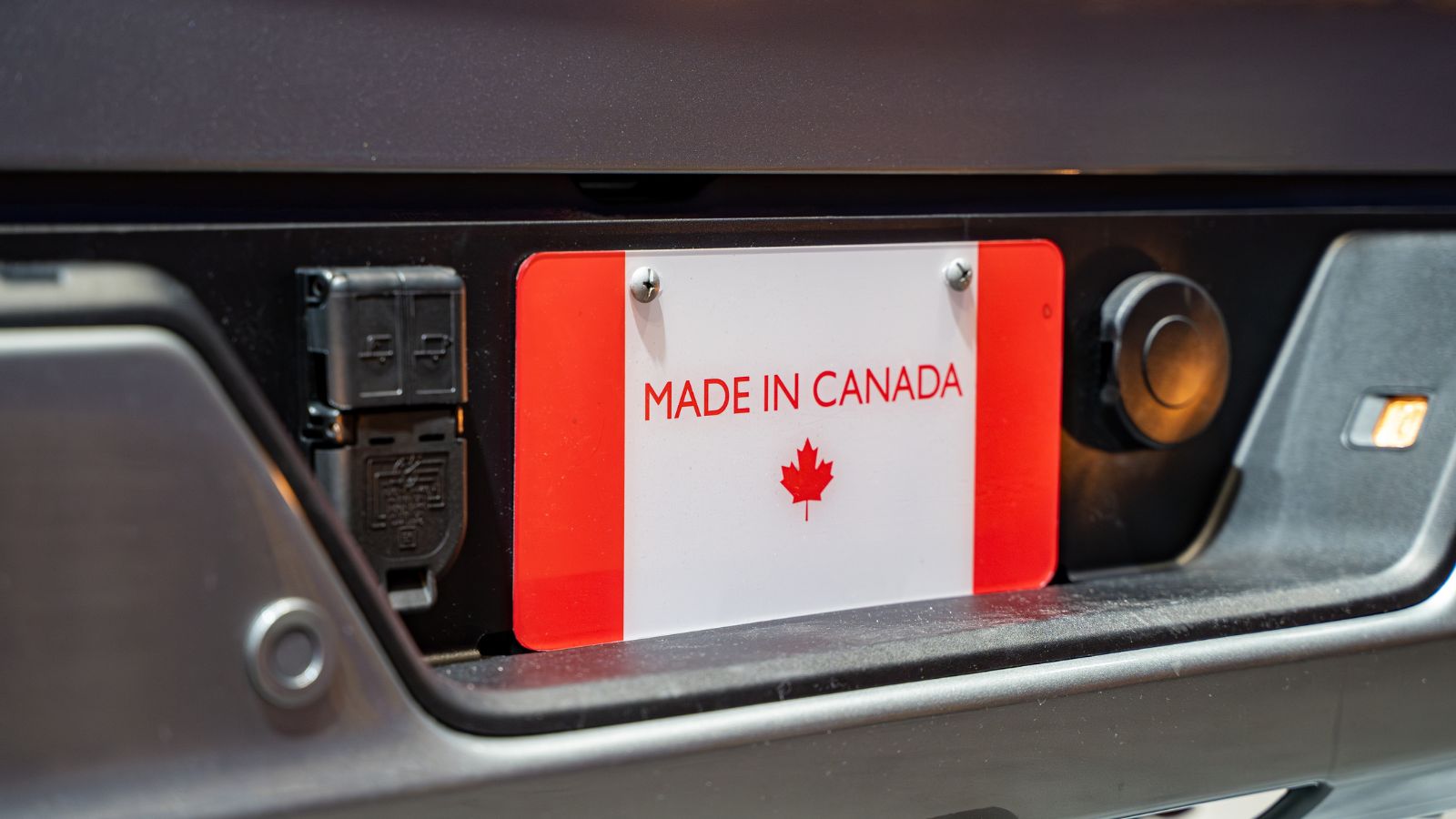
Buying domestic isn’t just an economic decision—it’s a cultural one. In the wake of U.S. tariffs and rising economic nationalism, surveys show nearly 91% of Canadians prefer reducing dependence on U.S. products, with 98% looking for “Made in Canada” labels. Domestic sourcing supports jobs, cuts supply-chain vulnerabilities, and aligns with Canada’s high environmental and safety standards. Ultimately, buying Canadian supports domestic industries, fosters a shared sense of cultural identity, and promotes a resilient economy that reflects Canadian values. From Indigenous-designed fashion to Quebecois maple syrups, local goods celebrate the rich mosaic of Canada’s identity.
Strengthening National Security

Relying too heavily on imports—especially in key sectors such as agriculture, energy, and healthcare—can weaken our national security. Economically, the Business Council of Canada highlights that a resilient domestic economy enhances national security by maintaining vital talent, resources, and innovation. Moreover, Canada’s stricter review of foreign takeovers aims to protect sensitive industries from strategic foreign control. Collectively, these robust supports for Canadian-made goods help secure critical infrastructure, reduce dependency on unpredictable global supply chains, and assert economic sovereignty in 2025.
More Predictable Pricing

Global market volatility can cause prices to fluctuate rapidly, potentially leading to sudden price spikes overnight. Canada’s supply-managed sectors—such as dairy, poultry, and eggs—utilize production quotas and tariff-rate import controls to ensure steady farm-gate prices, thereby shielding consumers from volatile market fluctuations. Similarly, domestic manufacturers benefit from reduced exposure to U.S. trade uncertainty, enabling consistent costing and budgeting. With global trade tensions and unpredictable duties clouding imported prices, choosing Canadian-made goods offers transparency and reliability, enabling households to plan more effectively and businesses to maintain stable margins amid global policy turbulence.
It’s Just the Canadian Thing to Do
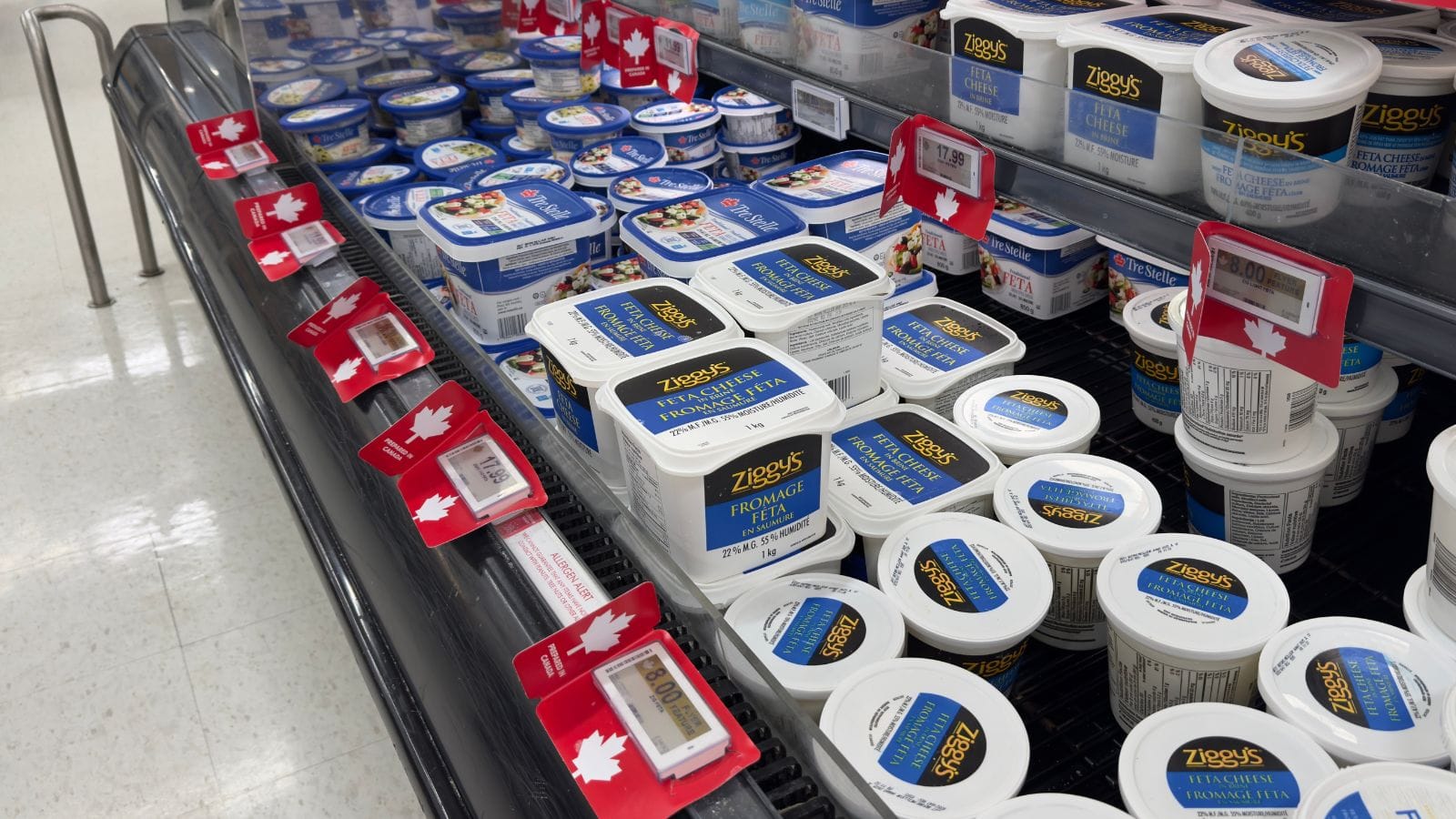
Let’s be honest—supporting your neighbor, community, and country just feels good. It’s that quintessential Canadian decency shining through. Retailers have rolled out maple‑leaf branding and “T” tags on U.S. imports to make patriotism practical. At the same time, federal and provincial leaders have openly urged consumers to support domestic goods as an act of economic solidarity. This trend isn’t just emotional: 46 % cite domestic sourcing as a top sustainability consideration, and 75 % are willing to pay more for Canadian-produced food. Ultimately, choosing Canadian helps sustain local industries, supports 13 % of global energy exports and vital manufacturing sectors, and reinforces national resilience.
25 Facts About Car Loans That Most Drivers Don’t Realize

Car loans are one of the most common ways people fund car purchases. Like any other kind of loan, car loans can have certain features that can be regarded as an advantage or a disadvantage to the borrower. Understanding all essential facts about car loans and how they work to ensure that you get the best deal for your financial situation is essential. Here are 25 shocking facts about car loans that most drivers don’t realize:
25 Facts About Car Loans That Most Drivers Don’t Realize
